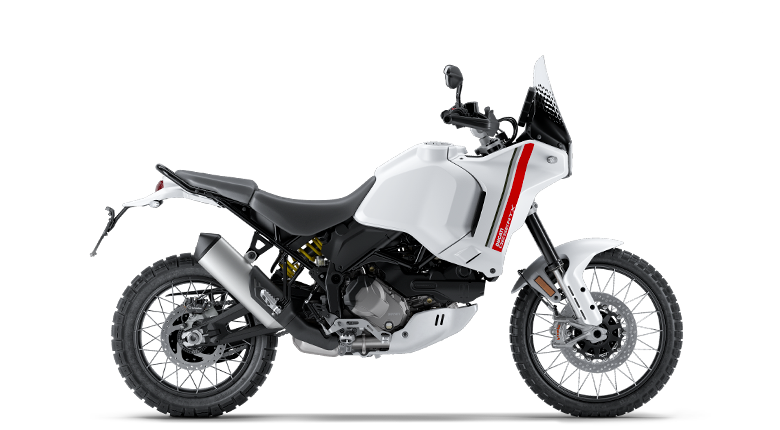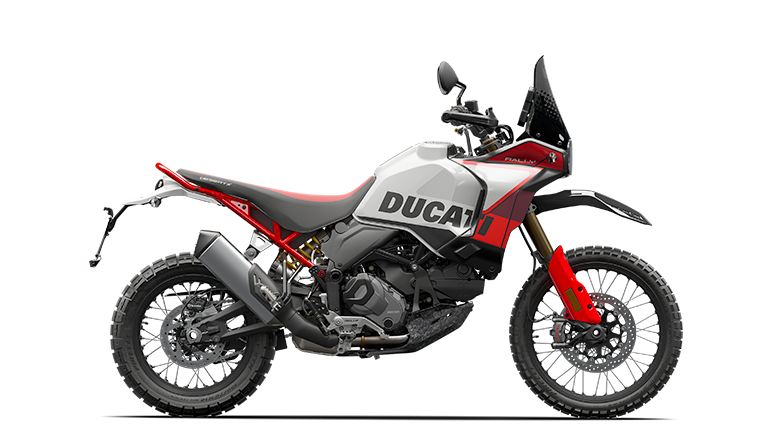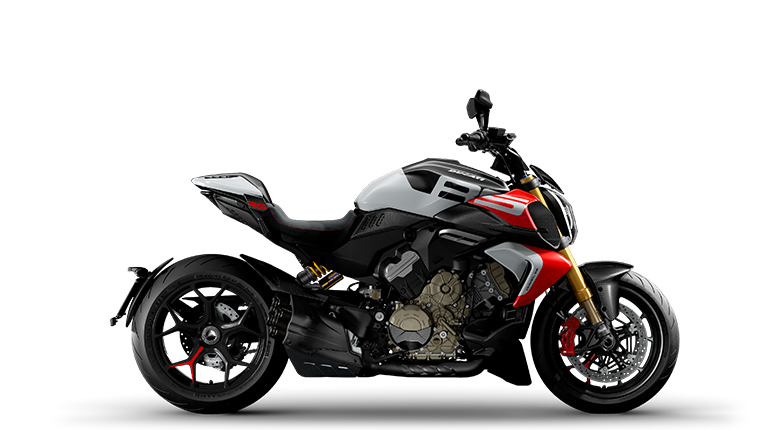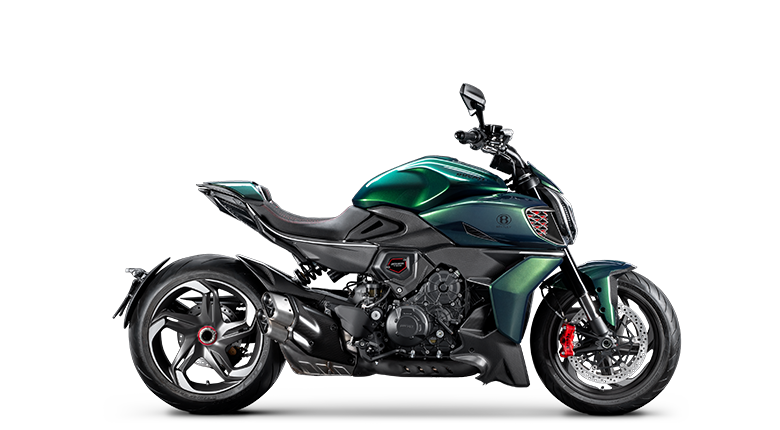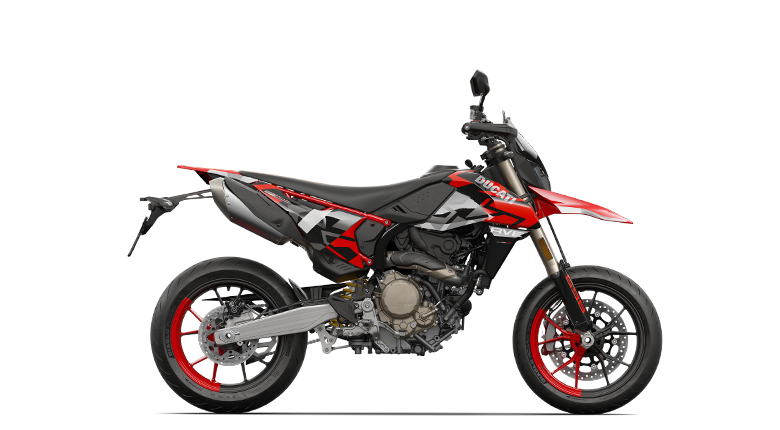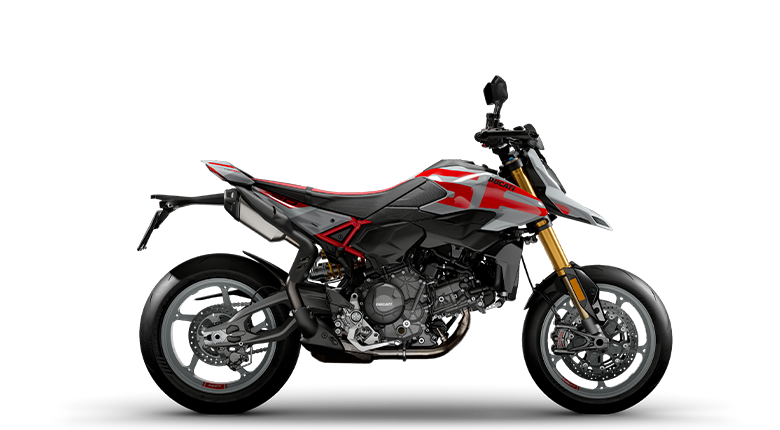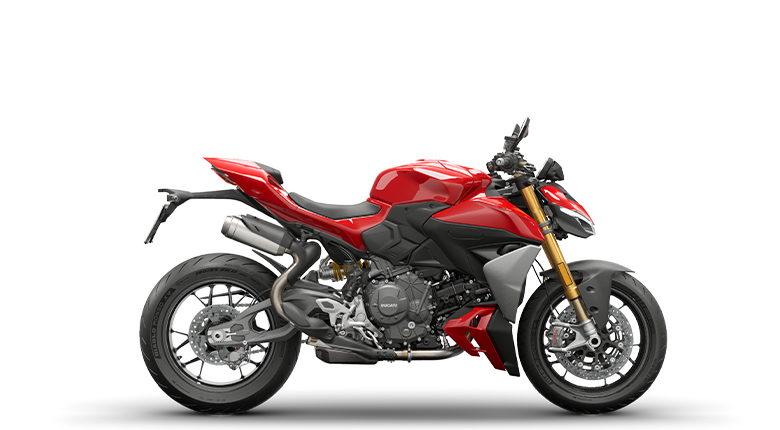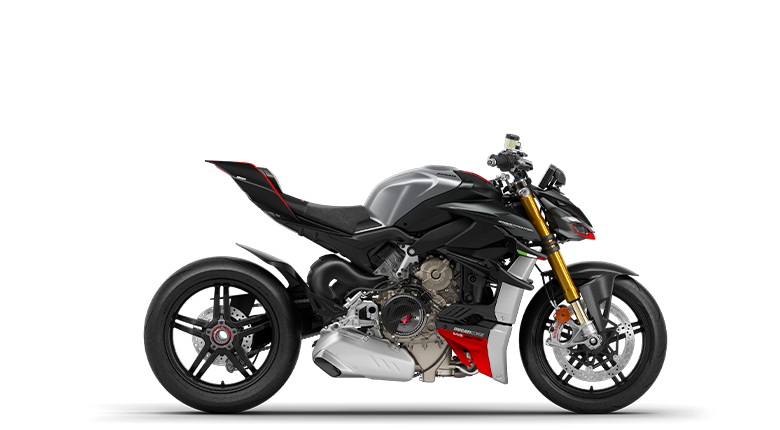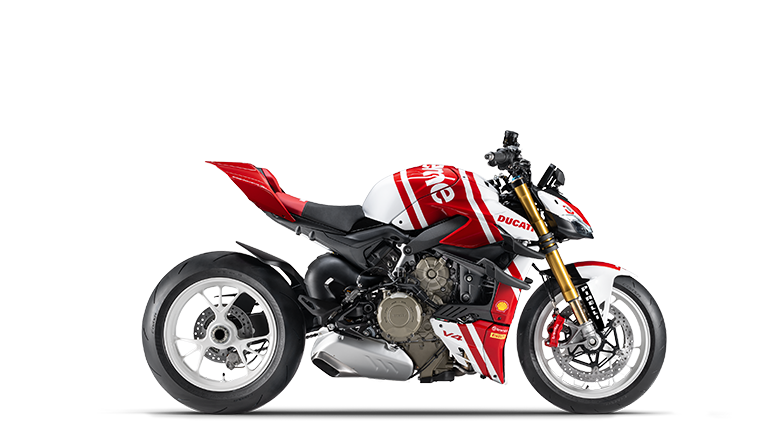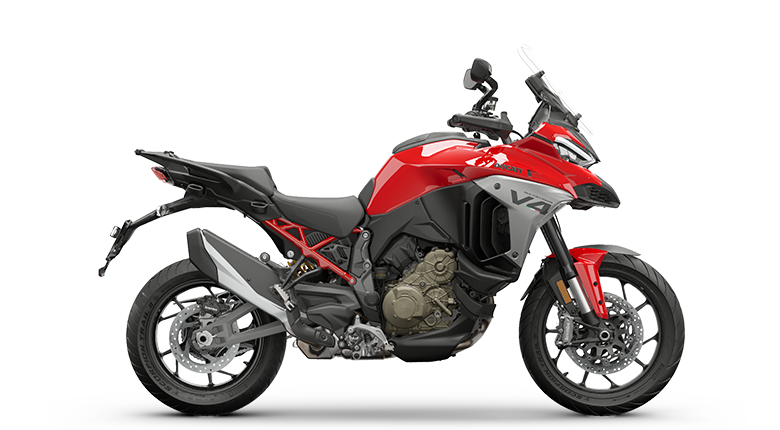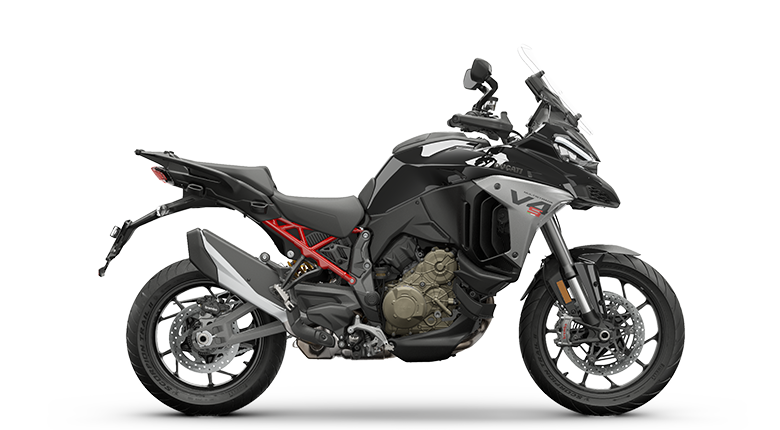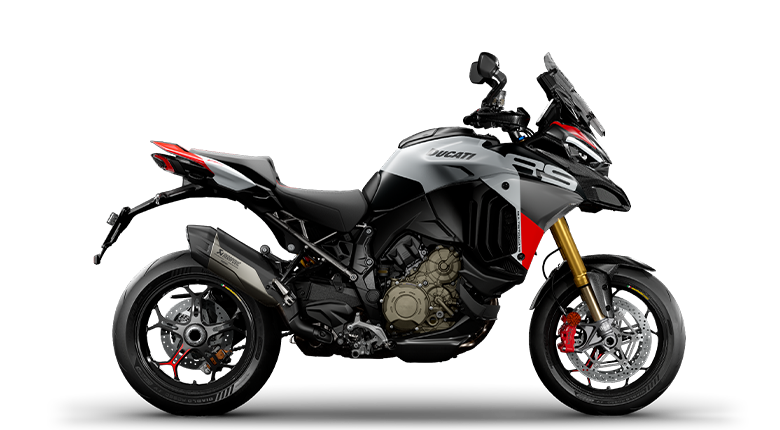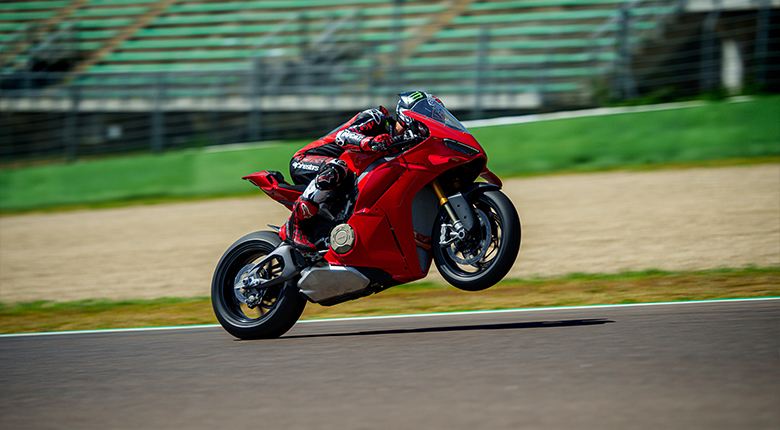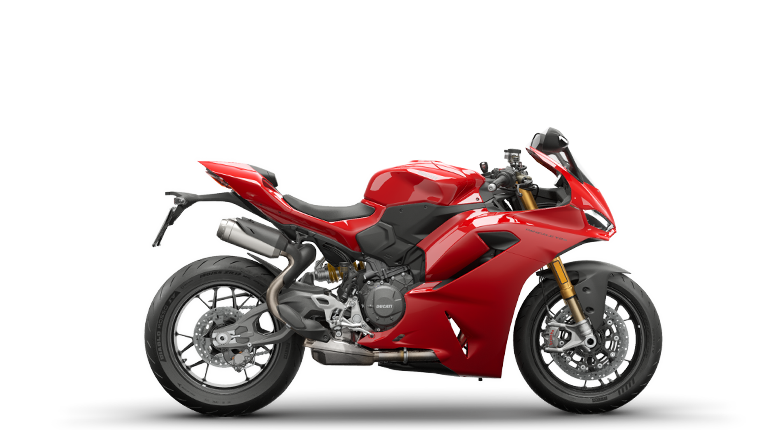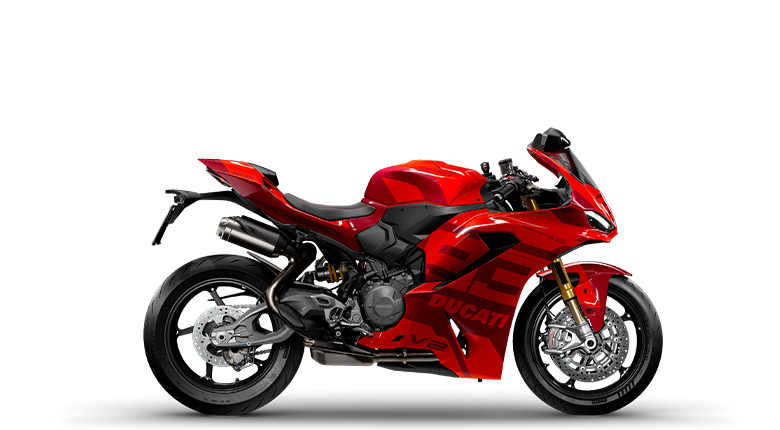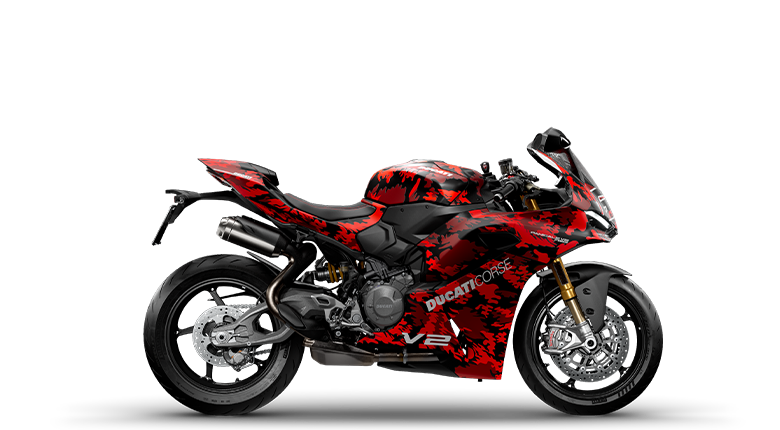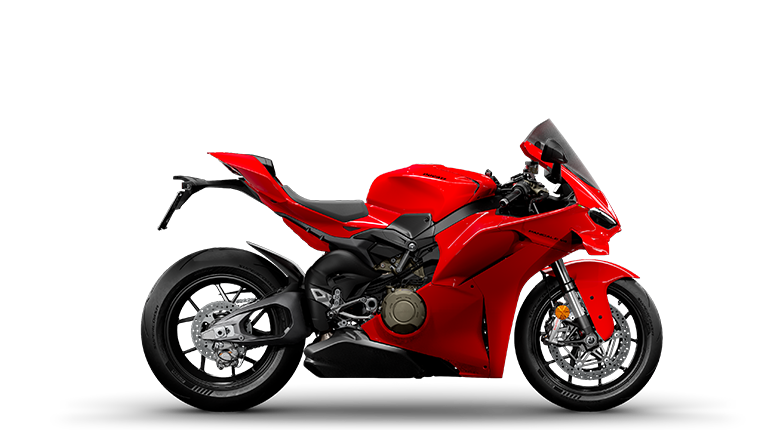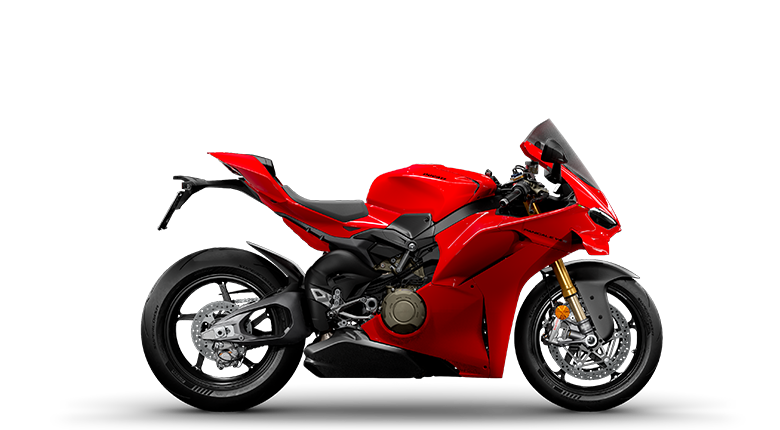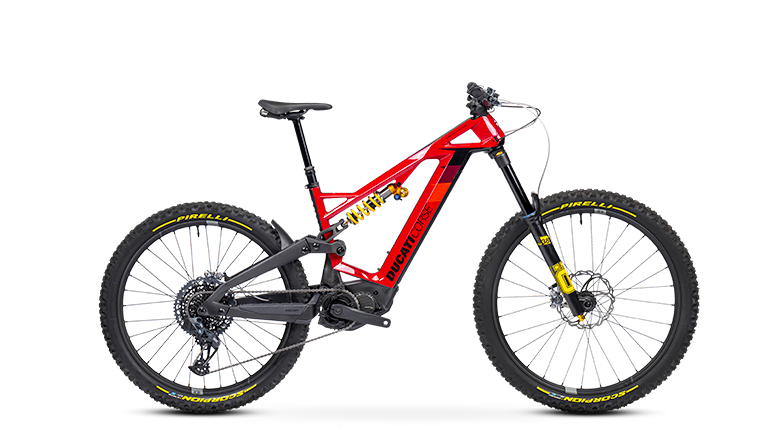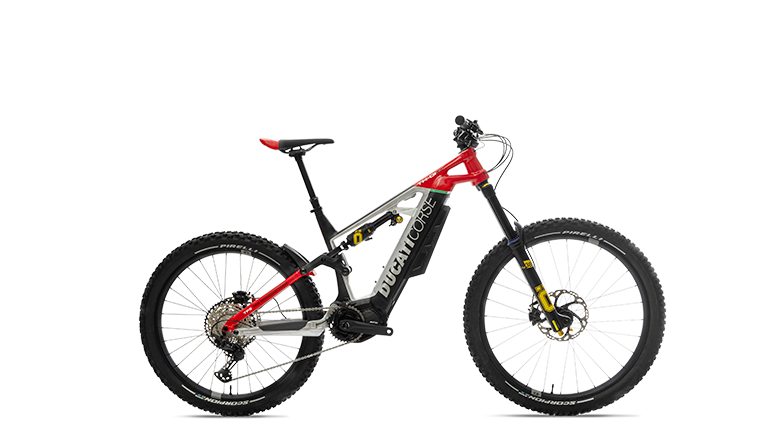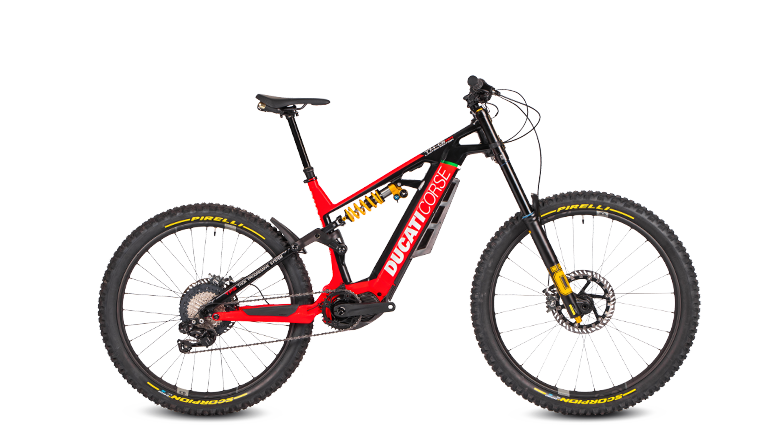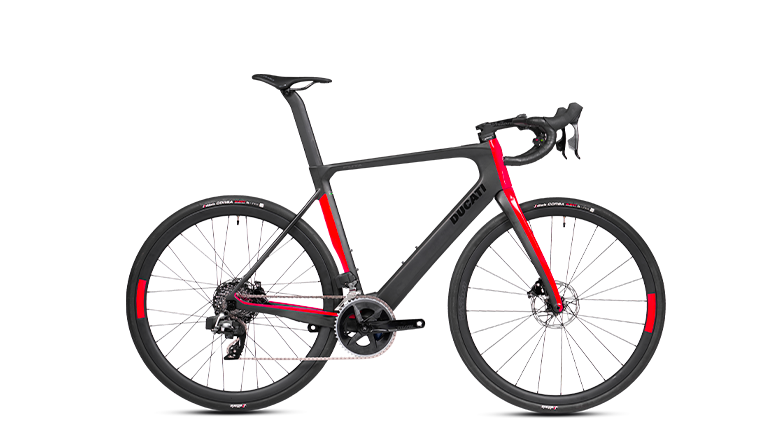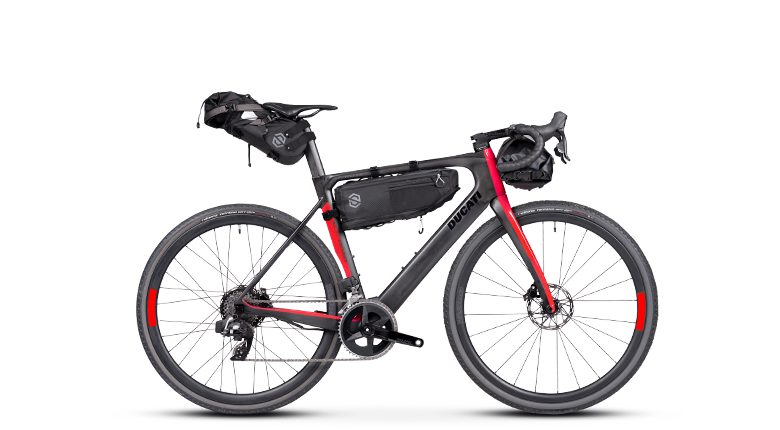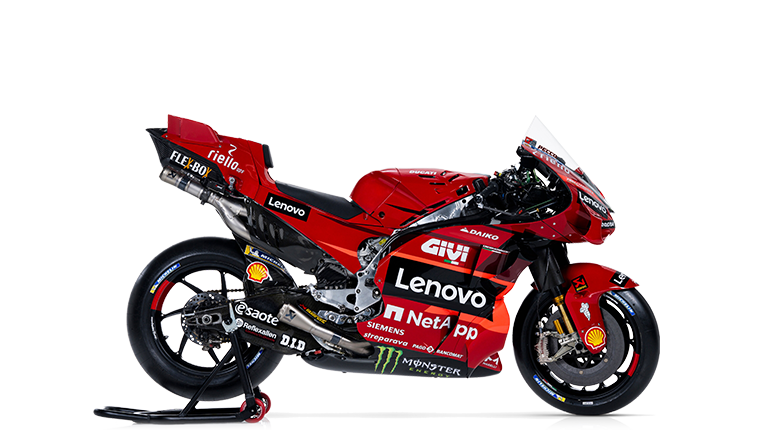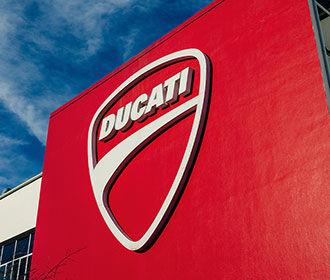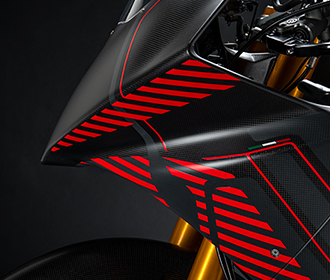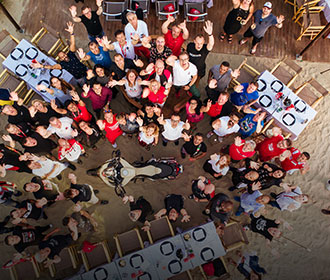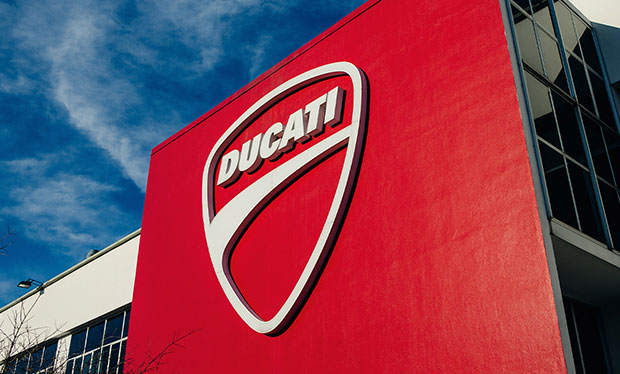- Models
- Configurator
- Shop
- News
- Racing
- DWP 2026
-
Models
-
DesertX
![]()
-
Diavel
![]()
- V4
- new V4 RS
- Diavel for Bentley
Diavel -
XDiavel
![]()
- V4
XDiavel -
Hypermotard
![]()
- OVERVIEW
- 698 Mono
- 698 Mono RVE
- new V2
- new V2 SP
Hypermotard -
Monster
![]()
- new Monster
- new Monster +
Monster -
Streetfighter
![]()
-
Multistrada
![]()
- OVERVIEW
- V2
- V2 S
- V4
- V4 S
- new V4 Rally
- V4 Pikes Peak
- new V4 RS
Multistrada -
Panigale
![]()
-
![]()
-
35 kW Bikes
![]()
-
Off-Road
![]()
-
E-BIKE
![]()
-
Ducati Speciale
![]()
- Ducati Speciale
- Limited Series
- Racing Replica
- Racing Real
- Ducati Unica
Ducati Speciale
-
- Equipment
- Shop
- DWP 2026

Bikes
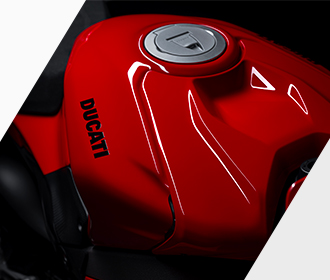

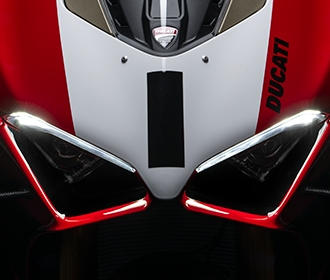
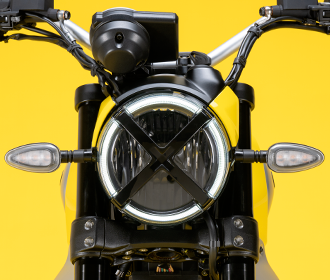
Diavel
XDiavel
Monster
Hypermotard
Panigale
Streetfighter
Off-Road
E-BIKE
Ducati Speciale

Ducati Range
A complete range designed to meet every need.

Press Reviews & Awards
A technical, independent and authorial point of view: for those who ride to tell the story and for those who seek inspiration before choosing it.

BROCHURE
Discover all the details of your favourite Ducati bikes and download the brochure!

Scrambler configurator
Configure your Scrambler now!
Equipment
Accessories
Ducati World
Ducati Riding Experience
Ducati Stories
News
Racing
MotoE
Corporate
Innovation
Design
Borgo Panigale Experience
Fondazione Ducati
The Ducati Network
Corporate Social Responsibility
Partners
- Ducati World
- Equipment
- App
- Corporate
- Service
- Ducati Club
- Dealer Locator
 International website
Change
International website
Change
Models

DesertX
New
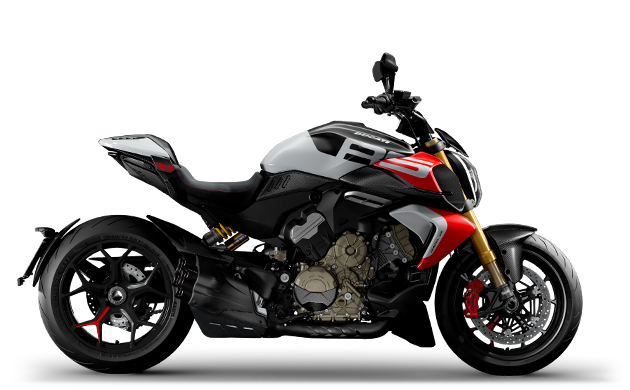
Diavel
New
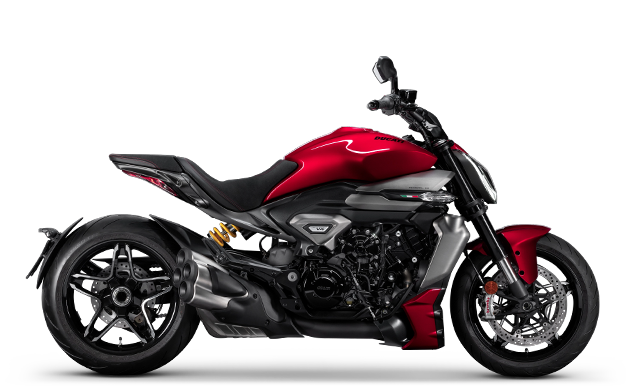
XDiavel
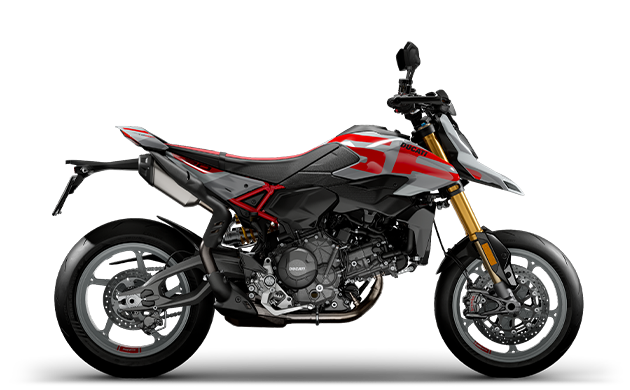
Hypermotard
New
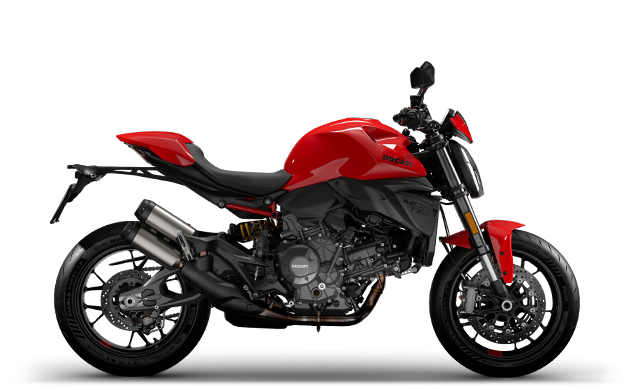
Monster
New
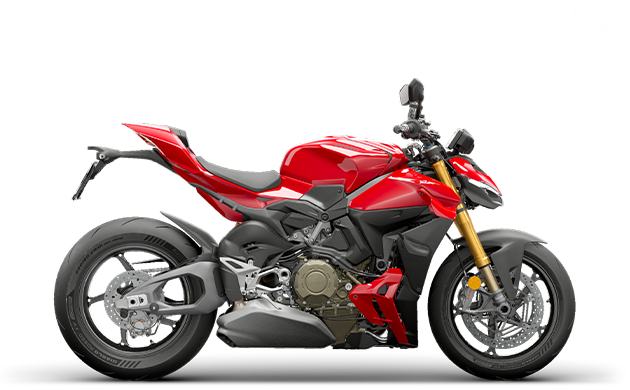
Streetfighter

Multistrada
New
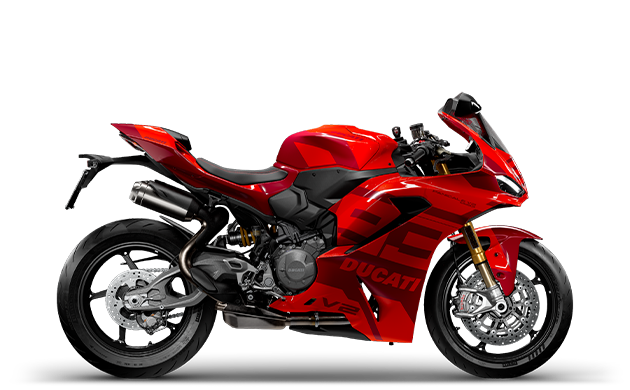
Panigale
New

SCRAMBLER
New

35 kW Bikes

Off-Road
New

E-BIKE
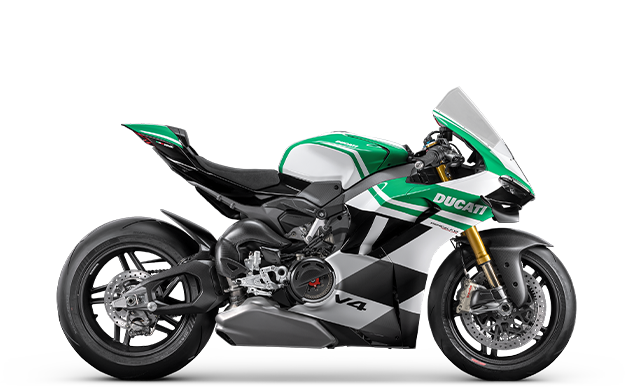
Ducati Speciale
Racing
Ducati World
- Events
- Ducati Riding Experience
- Ducati Stories
- News

Events Calendar
Discover about events and rallies organized by Ducati and the Ducati Official Clubs.
Discover more
Equipment
- Accessories
- Apparel
- Collab

Ducati Online Shop
The online shop has a whole new look. Our style is the same as always. Buy now!
Click and discover!
Corporate
- Who We Are
- Innovation
- Design
- Borgo Panigale Experience
- Fondazione Ducati
- The Ducati Network
- Corporate Social Responsibility
- Partners
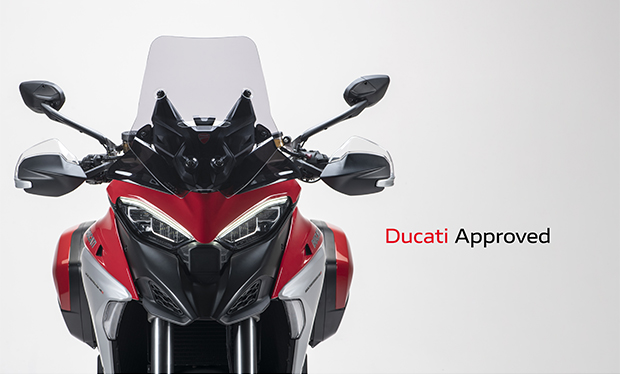
Ducati Approved
When you choose a Ducati Approved bike, you can be sure that Ducati is always by your side.
Discover more
Service
Ducati Club

To the origins of the Ducati Brand
Technological innovation
Technological innovation has always been the beating heart of Ducati. Since Adriano Cavalieri Ducati’s early research into short waves in 1924 and the founding of the Società Scientifica Radio Brevetti Ducati in 1926, a drive for progress has guided every development of the company.
Adriano Ducati marked a turning point in the field of radio communications by establishing the first shortwave connection with the United States using just 50 watts of power—a groundbreaking achievement for the time. This success led to a collaboration with the Italian Navy's Hydrographic Institute and the installation of a radio station on the cruiser San Marco to test the behavior of long-range radio waves.
Between 1925 and 1926, Ducati and his American colleague Bob Phelps made the first radio transmission over more than 6,000 km using ultra-short waves, paving the way for increasingly compact and high-performance devices. The company went on to develop advanced technologies for atmospheric radiosondes and portable radios, contributing significantly to the evolution of wireless communication.
In the 1930s, Ducati became a benchmark in precision mechanics and electromechanics. The introduction of the "Genevoise" machine allowed for steel drilling with millesimal precision—an innovative technology that enhanced the quality and reliability of products. The company invested in a cutting-edge Mechanical Measurements Center equipped with tools for metal analysis and experimentation, solidifying its technological leadership.
In 1935, Ducati designed the "Dufono," a hands-free communication system to improve workplace efficiency by eliminating the need for internal calls. At the same time, it developed the "Normali Ducati", an industrial standardization system to optimize production processes and ensure the highest quality.
Ducati has always invested in research: its laboratories, equipped with the most advanced technologies and staffed by highly specialized personnel, have helped tackle challenges in physics, electronics, radio electronics, acoustics, fluid mechanics, and precision engineering.
“The time of messy, artistic labs is over… From the very beginning, Ducati has placed the utmost importance on laboratories and scientific research. Its greatest aspiration is to maintain research labs for national benefit—even if not profitable—advancing science in general.” —History of Ducati, Bruno Cavalieri Ducati
Thanks to this ongoing innovation, Ducati established itself as one of the most advanced industrial enterprises of its time.

To the origins of the Ducati Brand
Ducati People
People have always been at the center of Ducati’s history. Since its early years, the company has focused on the well-being and professional growth of its employees, introducing an innovative approach to personnel management and corporate welfare.
In the 1930s, the Borgo Panigale plant was not just a place of production, but a true community. Ducati offered its employees cutting-edge working conditions: an internal technical school to train new generations of specialists, high-level healthcare services, and spaces for socializing and well-being, including a company canteen, a corporate music band, and an athletic team to foster a strong sense of belonging.
In 1935, as the company grew, the Ducati brothers acquired 120,000 square meters of land on the outskirts of Bologna to build a new plant. The project featured a modern, efficient layout: a main administrative building facing Via Emilia, a central corridor providing access to production departments, and dedicated facilities for employees, including the Technical School, locker rooms, canteen, and well-equipped medical services—even an innovative in-house dental clinic.
Attention to quality of work life was also reflected in the design of industrial spaces. An internal road system was created to optimize the flow of materials and goods, ensuring both efficiency and safety. Ducati has always considered employee well-being a core value, fostering an innovative and functional work environment that supports both professional and personal development.











To the origins of the Ducati Brand
Made in Italy: a global presence
In 1926, Ducati received its first international order from Buenos Aires: 3,000 Manens capacitors for the largest radio emporium in Argentina. Despite the company's modest size—still operating out of a basement in Via Collegio di Spagna—Bruno and Adriano Ducati completed the order with great determination, producing, testing, and shipping each unit with a certificate of guarantee.
Ten years later, Ducati opened a branch in Buenos Aires and appointed Mario Argento as president—the man who had believed in the quality of their products from the very beginning. By 1940, the company had become a global leader in fixed capacitors for both receiving and transmitting radios, exporting to numerous countries.
Ducati was committed from the start to developing innovative, license-free products, avoiding reliance on “imported intelligence”. Although this initially posed a challenge, twelve years later, it proved to be a winning strategy. Ducati never copied existing products or paid patent royalties, and it received international recognition for the quality of its own inventions.
To ensure global success, Ducati invested in its own research laboratories, outfitted with the latest equipment and highly qualified personnel. As early as 1930, it established foreign branches, beginning in Argentina and Berlin, where it supplied capacitors to Siemens for German radios.
Main Ducati branches active between 1930 and 1940:
- Ducati England – London
- Ducati France – Paris
- Ducati Northern Europe – Brussels
- Ducati North America – New York
- Ducati Venezuela – Caracas
- Ducati Do Brasil – São Paulo
- Ducati Argentina – Buenos Aires
- Ducati Australia – Sydney
- Ducati Suisse – Zurich
Additionally, Ducati had numerous agents in Asia and Africa importing products directly from Italy.
Firm in its belief that electronics would create new job opportunities and reduce Italian emigration, Ducati launched a global expansion plan that was unprecedented for an Italian company. Thanks to this vision, the brand established itself worldwide, renowned for innovation, precision, and reliability.












 DesertX
DesertX Diavel
Diavel XDiavel
XDiavel
 Hypermotard
Hypermotard Monster
Monster Streetfighter
Streetfighter
 Multistrada
Multistrada Panigale
Panigale
 35 kW Bikes
35 kW Bikes
 Off-Road
Off-Road E-BIKE
E-BIKE
 Ducati Speciale
Ducati Speciale


